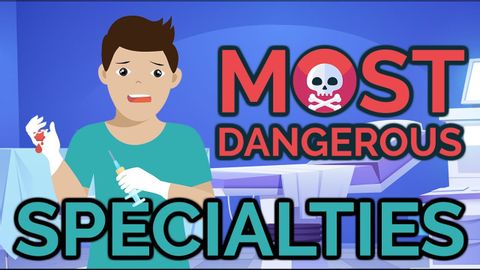最も危険な医師の専門分野 (Most DANGEROUS Doctor Specialties)
Summer が 2022 年 06 月 15 日 に投稿  この条件に一致する単語はありません
この条件に一致する単語はありませんUS /ˈkrɑnɪk/
・
UK /'krɒnɪk/
US /pəˈtɛnʃəl/
・
UK /pəˈtenʃl/
- adj.可能性がある;潜在的な
- n. (u.)可能性
- n. (c./u.)可能性;潜在能力;候補者;ポテンシャル
US /səˈsɛptəbəl/
・
UK /səˈseptəbl/
- adj.影響を受けやすい;影響を受けやすい;影響を受けやすい;脆弱な
エネルギーを使用
すべての単語を解除
発音・解説・フィルター機能を解除
